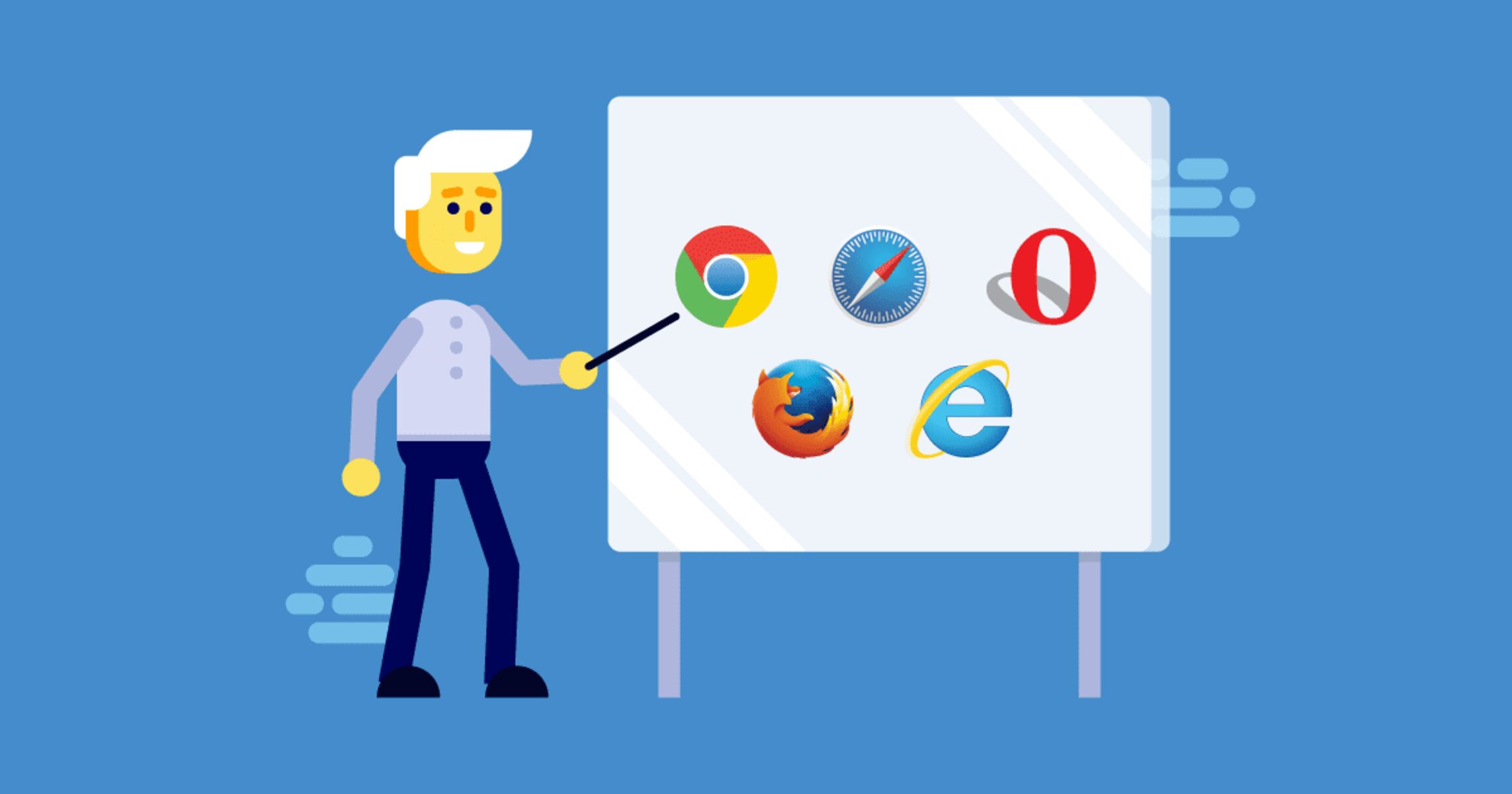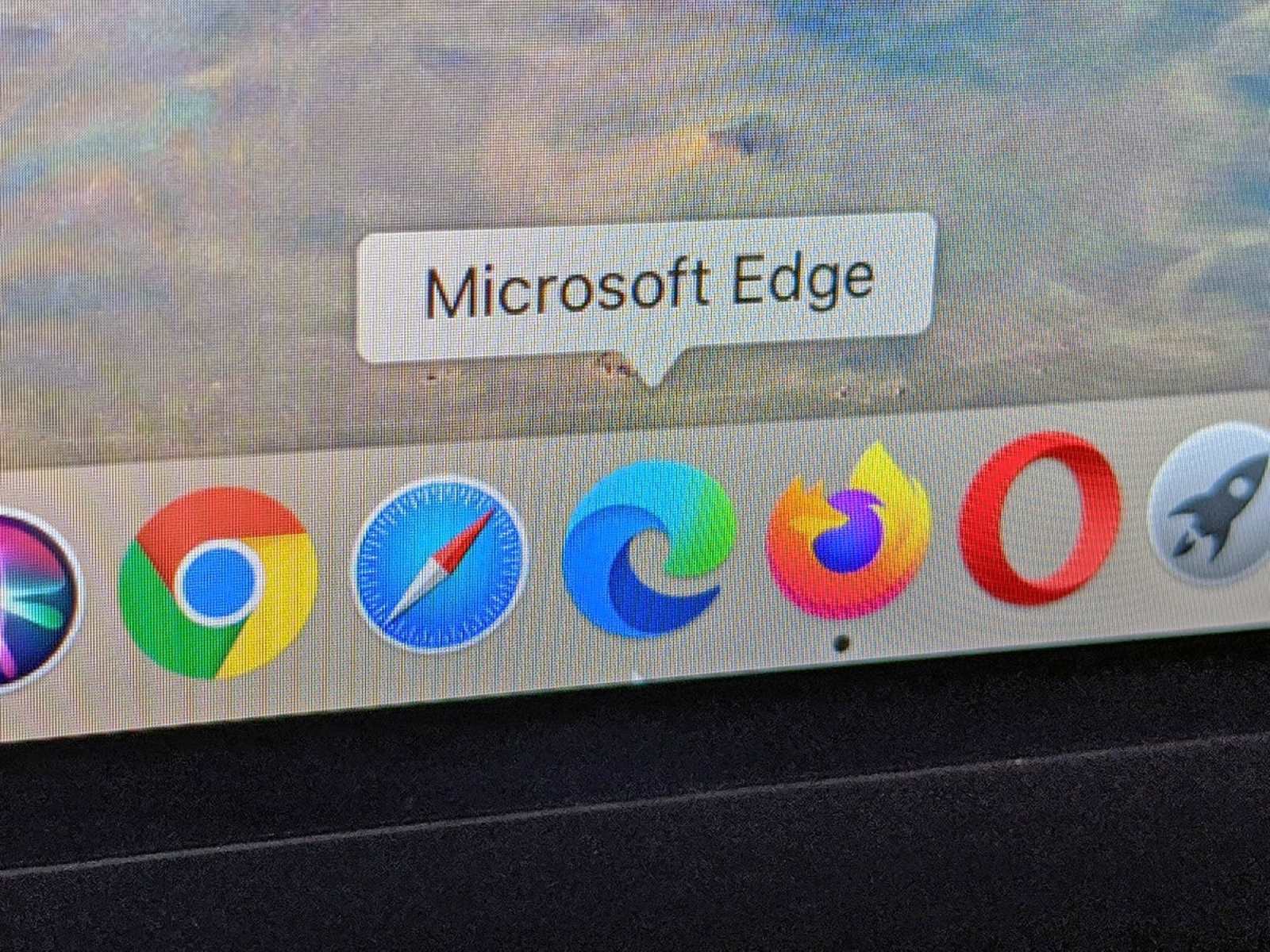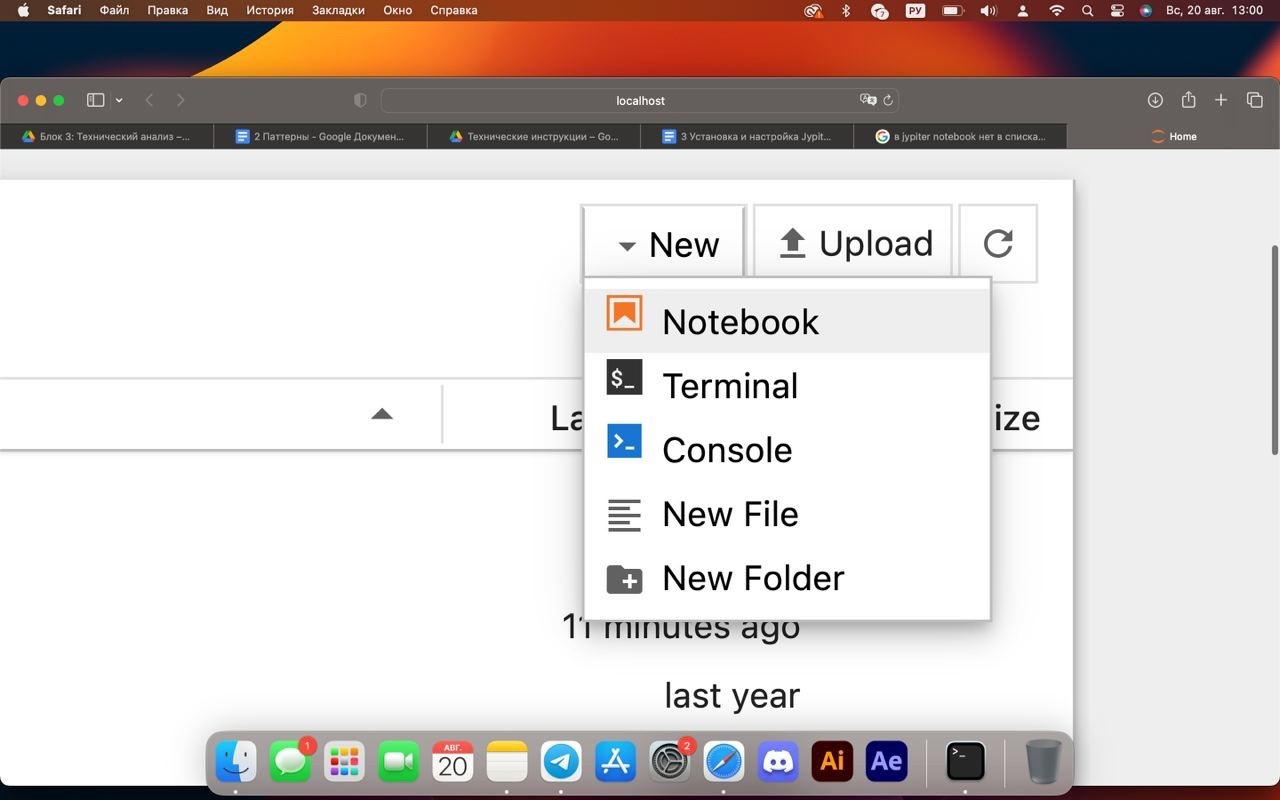Introduction
In today's digital age, web browsing has become an integral part of our daily lives. Whether we are searching for information, shopping online, or connecting with others through social media, the internet serves as a gateway to a vast array of experiences. As we navigate this virtual landscape, we rely on web browsers to access and interact with websites. However, the diversity of web browsers available to users presents a unique challenge for web developers and designers: cross browser compatibility.
Cross browser compatibility refers to the ability of a website or web application to function consistently and as intended across different web browsers. With popular browsers such as Google Chrome, Mozilla Firefox, Safari, Microsoft Edge, and others each interpreting code and rendering web pages in their own distinct ways, ensuring a seamless user experience across these platforms is no small feat.
As the demand for visually appealing and interactive websites continues to grow, the importance of cross browser compatibility cannot be overstated. It directly impacts user satisfaction, engagement, and ultimately, the success of a website or web application. In essence, a website that looks and functions flawlessly on one browser may encounter issues or display differently on another, potentially leading to frustrated users and lost opportunities.
Given the dynamic nature of web technologies and the ever-evolving landscape of browsers and devices, achieving cross browser compatibility has become a fundamental consideration in web development. It requires a strategic approach, meticulous testing, and a deep understanding of the nuances of different browsers and their rendering engines.
In the following sections, we will delve into the intricacies of cross browser compatibility, exploring its significance, common challenges, effective strategies, and essential tools for testing. By gaining a comprehensive understanding of this critical aspect of web development, we can empower ourselves to create web experiences that transcend browser boundaries and deliver consistent excellence to users across the digital realm.
Definition of Cross Browser Compatibility
Cross browser compatibility, often referred to as browser compatibility, is a fundamental principle in web development that encompasses the ability of a website or web application to function consistently and as intended across various web browsers. This concept acknowledges the diverse landscape of web browsers, each with its own rendering engine, user interface, and unique set of features and capabilities. As a result, web developers and designers face the challenge of ensuring that their creations deliver a seamless and uniform user experience regardless of the browser being used to access them.
At its core, cross browser compatibility revolves around the notion of inclusivity, aiming to cater to the preferences and habits of a broad spectrum of internet users. It involves crafting websites and web applications in a manner that transcends the limitations and idiosyncrasies of individual browsers, thereby fostering accessibility and usability for all visitors.
Achieving cross browser compatibility demands a comprehensive understanding of the intricacies of different web browsers, including their rendering behaviors, support for web standards, and compatibility with various web technologies such as HTML, CSS, and JavaScript. This understanding enables developers to implement coding practices and design techniques that mitigate the risk of discrepancies in how content is displayed and interacted with across different browsers.
Furthermore, cross browser compatibility extends beyond traditional desktop browsers to encompass mobile browsers, ensuring that websites and web applications are optimized for a diverse array of devices, screen sizes, and input methods. This adaptability is crucial in today's mobile-centric landscape, where users access the internet through smartphones, tablets, and other portable devices.
In essence, cross browser compatibility is a cornerstone of user-centric web development, emphasizing the importance of delivering a consistent and reliable experience to all visitors, regardless of their choice of web browser. By embracing this principle, web developers and designers can foster inclusivity, enhance user satisfaction, and elevate the overall quality of the web experiences they create.
Importance of Cross Browser Compatibility
Cross browser compatibility holds immense significance in the realm of web development, exerting a profound impact on user experience, brand reputation, and the overall success of websites and web applications. Understanding the importance of cross browser compatibility is pivotal in recognizing its role as a critical determinant of digital success.
First and foremost, the importance of cross browser compatibility stems from its direct influence on user satisfaction and engagement. In a digital landscape characterized by diverse user preferences and habits, ensuring that a website functions seamlessly across different browsers is essential for delivering a consistent and reliable user experience. When users encounter a website that behaves inconsistently or appears distorted on their preferred browser, it can lead to frustration, diminished trust, and ultimately, a negative perception of the brand or service being presented. By prioritizing cross browser compatibility, web developers and designers can instill confidence in users, fostering a positive and enduring relationship with their audience.
Moreover, the significance of cross browser compatibility extends to accessibility and inclusivity. Embracing this principle empowers web developers to cater to a broad spectrum of internet users, irrespective of their choice of web browser. This inclusivity is particularly crucial in ensuring that individuals with diverse browsing habits, technical preferences, and assistive technologies can access and interact with web content without encountering barriers or limitations. By transcending browser boundaries, websites and web applications can uphold the principles of accessibility and usability, embodying a commitment to serving all visitors equitably.
Furthermore, cross browser compatibility plays a pivotal role in safeguarding the credibility and professionalism of a brand or business. In a competitive digital landscape, the visual and functional integrity of a website directly reflects on the reputation and trustworthiness of the entity it represents. A website that exhibits inconsistencies or malfunctions across different browsers may convey an impression of negligence or technical inadequacy, potentially undermining the credibility of the brand. By prioritizing cross browser compatibility, organizations can demonstrate a commitment to excellence, reinforcing their brand identity and fostering a positive perception among their online audience.
In essence, the importance of cross browser compatibility transcends technical considerations, encompassing user-centric principles, brand integrity, and digital inclusivity. By recognizing and embracing this significance, web developers and designers can elevate the quality of web experiences, nurture user trust, and position their creations for sustained success in the dynamic digital landscape.
Common Issues with Cross Browser Compatibility
Ensuring cross browser compatibility is a complex endeavor fraught with a myriad of challenges that can impede the seamless functionality and visual consistency of websites and web applications across different browsers. Understanding the common issues associated with cross browser compatibility is essential for web developers and designers to proactively address and mitigate these challenges. Here are some prevalent issues that can arise in the pursuit of cross browser compatibility:
-
Rendering Discrepancies: One of the foremost challenges in cross browser compatibility is the variance in how web browsers interpret and render HTML, CSS, and JavaScript. Differences in rendering engines and support for web standards can lead to discrepancies in the layout, styling, and behavior of web elements, resulting in visual inconsistencies and functional irregularities across browsers.
-
CSS Compatibility: Cascading Style Sheets (CSS) play a pivotal role in defining the visual presentation of web content. However, achieving consistent CSS rendering across different browsers can be arduous due to vendor-specific prefixes, legacy browser support, and varying levels of compliance with CSS specifications. This can lead to layout distortions, font rendering discrepancies, and unexpected behavior of CSS properties.
-
JavaScript Functionality: JavaScript, as a dynamic scripting language, is integral to creating interactive and responsive web experiences. However, differences in JavaScript engine implementations across browsers can result in functional disparities, leading to errors, unexpected behavior, or even complete failure of JavaScript-dependent features and functionalities.
-
Cross Browser Testing: The diverse ecosystem of web browsers, coupled with the multitude of devices and operating systems they run on, presents a formidable testing challenge. Conducting comprehensive cross browser testing to validate the compatibility of a website across different browser versions, platforms, and devices demands meticulous attention to detail and a robust testing strategy.
-
Legacy Browser Support: Legacy versions of web browsers, which may lack support for modern web standards and technologies, pose a significant hurdle in achieving cross browser compatibility. Balancing the need to accommodate older browser versions with the imperative to leverage contemporary web capabilities can be a delicate balancing act for web developers.
-
Performance Discrepancies: Variations in browser performance, including rendering speed, memory utilization, and JavaScript execution, can impact the user experience. Websites that perform optimally on one browser may exhibit sluggishness or inefficiencies on others, necessitating performance optimization tailored to different browser environments.
-
Mobile Browser Compatibility: With the proliferation of mobile devices, ensuring cross browser compatibility extends to mobile browsers. Responsive design, touch interactions, and viewport considerations are critical factors in delivering a cohesive user experience across a diverse array of mobile browsers and devices.
Addressing these common issues with cross browser compatibility requires a multifaceted approach, encompassing meticulous coding practices, strategic testing methodologies, and a deep understanding of the nuances of different browsers and their rendering behaviors. By proactively identifying and mitigating these challenges, web developers and designers can fortify the cross browser compatibility of their creations, delivering consistent and reliable web experiences to users across the digital landscape.
Strategies for Achieving Cross Browser Compatibility
Achieving cross browser compatibility necessitates a strategic and proactive approach that encompasses meticulous coding practices, comprehensive testing methodologies, and a deep understanding of the nuances of different web browsers and their rendering behaviors. Here are several effective strategies for ensuring cross browser compatibility:
-
Adherence to Web Standards: Embracing web standards such as HTML5, CSS3, and ECMAScript ensures a solid foundation for cross browser compatibility. By following standardized coding practices and leveraging modern web technologies, web developers can mitigate the risk of rendering discrepancies and functional irregularities across different browsers.
-
Progressive Enhancement: Implementing a progressive enhancement approach involves crafting web experiences that prioritize core functionality and content accessibility, while leveraging advanced features and visual enhancements as progressive layers. This strategy accommodates varying browser capabilities, ensuring a consistent user experience across a spectrum of browsers and devices.
-
CSS Reset and Normalization: Utilizing CSS reset or normalization techniques helps establish a consistent baseline for styling across different browsers, mitigating the impact of default browser styles and ensuring uniform rendering of CSS properties and layout elements.
-
Feature Detection and Polyfills: Employing feature detection libraries and polyfills enables web developers to detect browser capabilities and selectively provide fallback solutions for unsupported features, thereby enhancing the compatibility of web applications across diverse browser environments.
-
Cross Browser Testing: Rigorous cross browser testing is indispensable for validating the compatibility of websites and web applications across a diverse array of web browsers, versions, and devices. Leveraging automated testing tools, virtualized browser environments, and real device testing facilitates comprehensive validation of cross browser compatibility.
-
Vendor Prefixes and Compatibility Tables: Utilizing vendor prefixes for CSS properties and referencing compatibility tables for HTML, CSS, and JavaScript features empowers web developers to navigate browser-specific implementations and ensure consistent rendering and functionality across different browsers.
-
Responsive Design and Media Queries: Embracing responsive design principles and leveraging media queries enables websites to adapt fluidly to different viewport sizes and device characteristics, fostering a cohesive user experience across a broad spectrum of browsers and devices.
-
User Agent Sniffing and Browser Detection: While considered a less favorable approach, user agent sniffing and browser detection can be employed as a fallback mechanism to address specific browser quirks and discrepancies, providing targeted solutions for optimizing cross browser compatibility.
By integrating these strategies into the web development process, web developers and designers can fortify the cross browser compatibility of their creations, delivering consistent and reliable web experiences to users across the digital landscape. This proactive and strategic approach not only enhances user satisfaction and engagement but also reinforces the credibility and professionalism of the brands and businesses represented by the websites and web applications.
Tools for Testing Cross Browser Compatibility
Ensuring the cross browser compatibility of a website or web application demands comprehensive testing across a diverse array of web browsers, versions, and devices. To facilitate this rigorous validation process, web developers and designers can leverage a variety of specialized tools and resources tailored to the intricacies of cross browser testing. These tools empower developers to identify and address compatibility issues, validate the visual and functional integrity of their creations, and ultimately deliver consistent and reliable web experiences to users across the digital landscape.
BrowserStack
BrowserStack is a widely acclaimed cloud-based cross browser testing tool that provides a vast selection of real web browsers and devices for testing websites and web applications. With its intuitive interface and seamless integration with popular development frameworks and tools, BrowserStack enables developers to conduct interactive testing, automated testing, and responsive design testing across a diverse range of browsers and devices, including mobile platforms.
CrossBrowserTesting
CrossBrowserTesting offers a comprehensive platform for cross browser testing, encompassing live testing, automated testing, and visual testing capabilities. With support for a broad spectrum of browsers and operating systems, including legacy versions, CrossBrowserTesting empowers developers to validate the compatibility and performance of their web creations across diverse browser environments. Additionally, its visual testing features facilitate pixel-perfect comparisons to identify rendering discrepancies.
LambdaTest
LambdaTest is a versatile cross browser testing platform that facilitates interactive testing, automated testing, and visual testing across a multitude of web browsers and devices. With features such as geolocation testing, responsive testing, and network simulation, LambdaTest equips developers with the tools to comprehensively validate the cross browser compatibility of their web projects. Its seamless integrations with popular development tools streamline the testing workflow, enhancing efficiency and accuracy.
Sauce Labs
Sauce Labs offers a robust cloud-based testing platform tailored to the needs of cross browser and mobile app testing. With support for automated testing, real device testing, and parallel testing, Sauce Labs empowers developers to conduct thorough validation of their web applications across a diverse array of browsers, versions, and operating systems. Its scalable infrastructure and extensive browser coverage make it a valuable resource for achieving cross browser compatibility at scale.
Browser DevTools
In addition to dedicated cross browser testing platforms, web developers can leverage the built-in developer tools provided by modern web browsers. Browser DevTools, such as those offered by Google Chrome, Mozilla Firefox, and Microsoft Edge, enable developers to inspect and debug web content, emulate different devices and screen resolutions, and simulate various network conditions. These tools are invaluable for fine-tuning the cross browser compatibility of web projects and diagnosing browser-specific issues.
By harnessing the capabilities of these tools and platforms, web developers and designers can navigate the complexities of cross browser compatibility testing with confidence and precision. These resources facilitate thorough validation, expedite issue resolution, and ultimately empower the delivery of web experiences that transcend browser boundaries, delight users, and uphold the principles of inclusivity and accessibility in the digital realm.
Conclusion
In the dynamic landscape of web development, cross browser compatibility stands as a pivotal consideration, shaping the user experience, brand credibility, and overall success of websites and web applications. As web developers and designers navigate the diverse ecosystem of web browsers and devices, the pursuit of cross browser compatibility demands a strategic and proactive approach, underpinned by meticulous coding practices, comprehensive testing methodologies, and a deep understanding of browser nuances.
By embracing web standards, progressive enhancement, and responsive design principles, web creators can fortify the cross browser compatibility of their projects, ensuring a consistent and reliable user experience across a broad spectrum of browsers and devices. Furthermore, the utilization of specialized testing tools and platforms, such as BrowserStack, CrossBrowserTesting, LambdaTest, and Sauce Labs, empowers developers to conduct thorough validation and expedite issue resolution, ultimately delivering web experiences that transcend browser boundaries and uphold the principles of inclusivity and accessibility.
The significance of cross browser compatibility extends far beyond technical considerations, encompassing user satisfaction, brand integrity, and digital inclusivity. By prioritizing cross browser compatibility, web developers and designers demonstrate a commitment to excellence, fostering enduring user trust and positioning their creations for sustained success in the digital realm.
As the digital landscape continues to evolve, the principles of cross browser compatibility will remain integral to the creation of web experiences that resonate with users, transcend technical barriers, and embody a dedication to delivering consistent and reliable interactions across diverse browsing environments. By embracing the strategies, tools, and principles outlined in this exploration of cross browser compatibility, web creators can navigate the complexities of the digital realm with confidence, delivering web experiences that captivate, engage, and empower users across the expansive canvas of the internet.

























